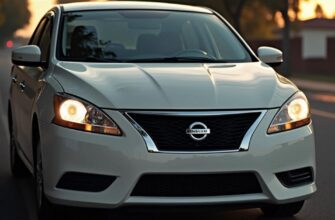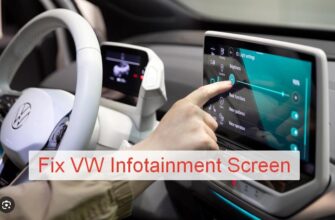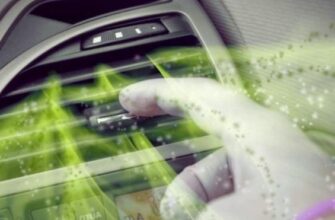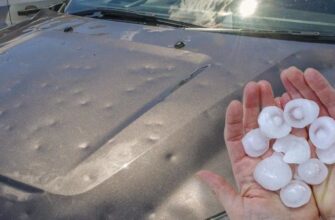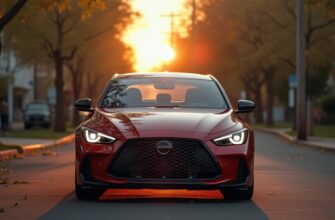Have you ever seen a car with a stunning matte finish, a wild custom graphic design, or a vibrant color you know wasn’t factory paint, and wondered, “How did they do that?” Chances are, you were looking at a car wrap!
Car wrapping has exploded in popularity over the last couple of decades, becoming a fantastic alternative to traditional painting for changing a vehicle’s appearance or adding advertising. But what exactly is it, how does it work, and is it the right choice for your ride?
Let’s take a deep dive into the world of car wraps and the process involved.
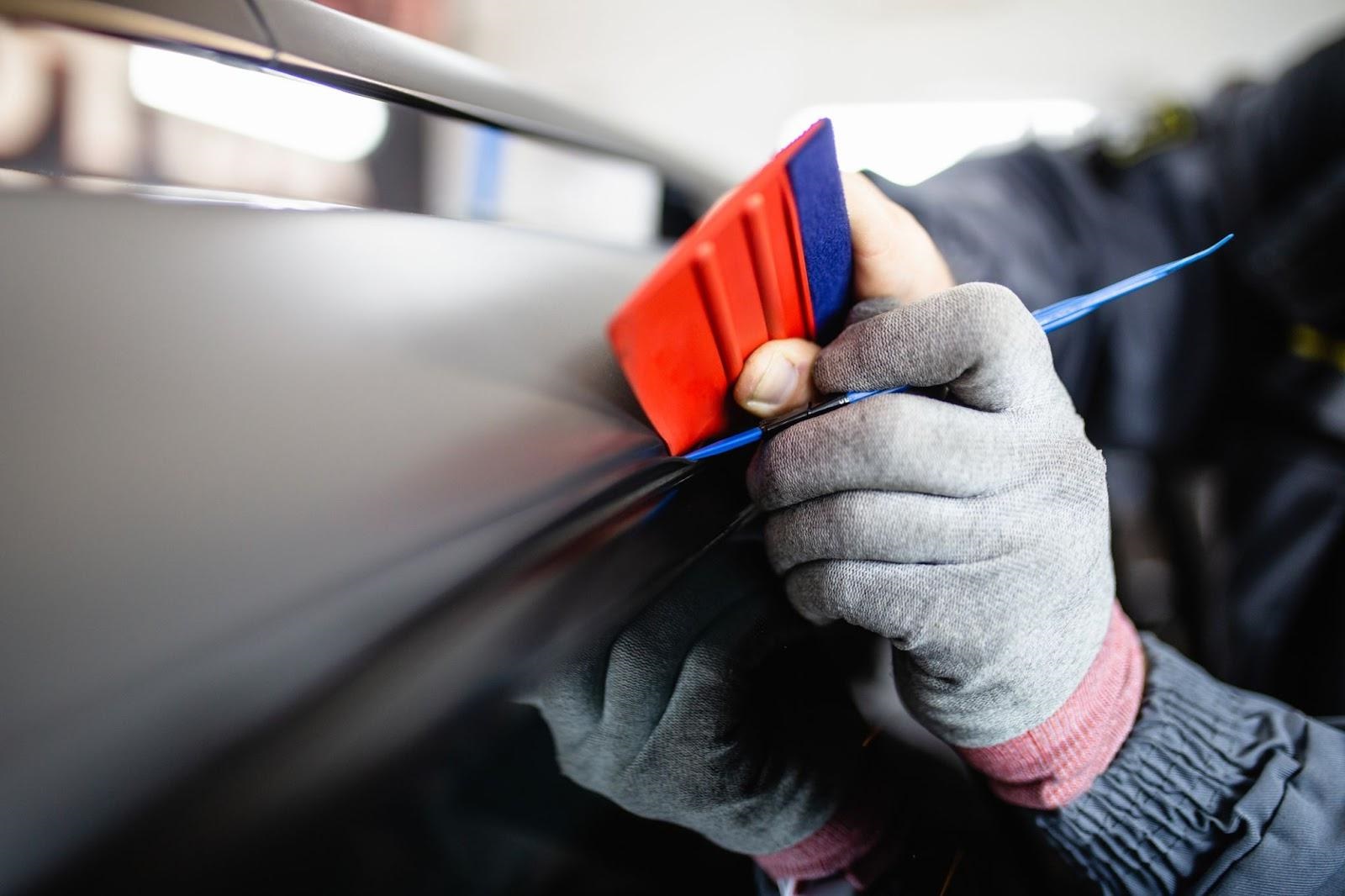
What Exactly Is a Car Wrap?
At its core, a car wrap is a large sheet of high-quality, self-adhesive vinyl material that is carefully applied directly over a vehicle’s original paintwork. Think of it like a giant, durable sticker designed specifically for cars.
More Than Just a New Color
While often used for dramatic color changes, car wraps serve several purposes:
- Aesthetics: Completely change the color, finish (matte, satin, gloss, metallic, chrome, etc.), or texture (carbon fiber, brushed metal) of your car.
- Customization: Add intricate graphics, stripes, or custom designs that would be difficult or impossible with paint.
- Advertising: Turn a vehicle into a mobile billboard with striking business logos and messaging.
- Paint Protection: Provide a layer of defense against scratches, stone chips, UV fading, and minor abrasions (though dedicated Paint Protection Film – PPF – is even better for this).
Types of Car Wraps & Finishes
Not all wraps are created equal! Understanding the different types can help you decide what’s best for your needs.
Full vs. Partial Wraps
- Full Wrap: Covers the entire exterior surface of the vehicle.
- Partial Wrap: Covers only a section, like the hood, roof, trunk, doors, or specific panels, often used for accents or smaller advertising.
Color Change Wraps
These are the most common. They come in virtually every color imaginable, with a vast array of finishes beyond standard gloss. Want a satin black SUV or a chrome gold sports car? A color change wrap makes it possible without repainting.
Graphic Wraps
Used primarily for advertising or highly customized designs. These involve printing graphics directly onto white vinyl before it’s applied to the vehicle. Think company logos, intricate patterns, or photographic images covering the car.
Paint Protection Film (PPF) – Related but Different
While technically a type of clear wrap, PPF’s primary goal is protection, not changing the car’s appearance (though some have a satin finish). It’s a thicker, more durable film designed to shield paint from rock chips, scratches, and environmental damage.
Popular Finishes
Beyond standard gloss, vinyl wraps come in exciting finishes:
- Matte: A non-reflective, flat look.
- Satin: A smooth, low-sheen finish between matte and gloss.
- Metallic: Vinyl with metallic flakes for sparkle.
- Chrome: A highly reflective, mirror-like finish (often more fragile and expensive).
- Textured: Vinyl designed to look and feel like carbon fiber, brushed metal, leather, etc.
Car Wrap vs. Paint Job: Which is Right for You?
Deciding between wrapping and painting is a big choice. Here’s a quick comparison:
Benefits of Wrapping
- Reversibility: This is a major advantage! A wrap can be removed later, returning the car to its original color (assuming the paint underneath was in good condition). Great for leased vehicles or testing a color.
- Cost: Often less expensive than a high-quality, door-jambs-and-all paint job, especially for complex colors or finishes.
- Time: Wrapping generally takes less time than a full repaint.
- Protection: The vinyl acts as a sacrificial layer protecting the paint underneath from minor scratches and UV exposure.
- Variety: Access to colors and finishes not possible with paint.
Downsides of Wrapping
- Underlying Damage: A wrap does not fix rust, dents, or peeling paint. The surface must be smooth and solid for the vinyl to adhere correctly. If you need to repair the paint anyway, see our guide on How to Prep Your Car for a Fresh Paint Job.
- Lifespan: Wraps aren’t permanent. They typically last 3-7 years depending on quality, care, and climate, whereas a good paint job can last decades.
- Cost for Complex Jobs: Highly complex shapes, intricate designs, or premium vinyls can make wrapping cost as much as or more than painting.
- Potential Damage (If Poorly Installed/Removed): While rare with professionals, improper installation or removal can damage paint or trim.
“I leased my truck and wanted to change the color without affecting the original paint. Wrapping was the perfect solution! Got a cool matte grey look for three years, then peeled it off when the lease was up. Original paint was pristine.” – David S., Lease Customer
The Car Wrapping Process: What Goes Into It
Car wrapping is an art form that requires skill, patience, and a clean environment. It’s not just sticking a giant sticker on!
Step 1: The All-Important Cleaning
Preparation is paramount! The car must be absolutely spotless. This involves a deep wash, often using a clay bar to remove embedded contaminants, and wiping down surfaces with alcohol to ensure no oils or residues remain. Any dirt or wax left behind will prevent the vinyl from sticking properly.
Step 2: Partial Disassembly
To get a seamless look with edges tucked, components like door handles, mirrors, trim pieces, emblems, and lights are often carefully removed.
Step 3: Vinyl Application
This is the core step. Large sheets of vinyl are carefully positioned on panels, heated to make them pliable, stretched and smoothed into place using squeegees to push out air bubbles and ensure adhesion. This takes skill to avoid wrinkles and distortions, especially around curves and complex shapes.
Step 4: Careful Trimming
Excess vinyl is trimmed away using very sharp knives. Professionals use techniques to cut the vinyl without cutting into the paint underneath.
Step 5: Post-Heating
Once applied and trimmed, the vinyl is often heated again to a specific temperature. This “post-heating” activates the adhesive’s memory, helping the vinyl stay securely in place around curves and edges and preventing it from lifting later.
Step 6: Reassembly & Quality Check
The disassembled parts are reinstalled. The wrap is inspected closely for imperfections, bubbles, or lifting edges. The process often takes anywhere from 1 to 5 days, depending on the vehicle size, complexity, and the installer’s experience.
“I watched them wrap my Challenger, and it’s way more involved than I thought! They took off handles, mirrors… the precision with heating and cutting was amazing. Definitely not something I could do in my garage.” – Mark T., Impressed Client
A good wrap requires a clean base, similar to how a proper paint job needs a clean surface to adhere. If you’re dealing with other types of finish issues, like removing tree sap without damaging your paint, proper technique is key there too!
How to Care for Your Wrapped Car
Proper maintenance is key to maximizing the lifespan and appearance of your wrap.
- Hand Washing: Hand washing is generally recommended over automatic car washes, especially brush-style ones which can scratch the vinyl or lift edges. Use a mild car wash soap specifically designed for wraps or paint protection film.
- Pressure Washers: Use pressure washers with caution. Keep the nozzle at least a foot away from the surface and avoid directing high-pressure water directly at edges or seams, as this can cause the vinyl to lift.
- Avoid Harsh Chemicals: Steer clear of abrasive cleaners, solvents, or petroleum-based products, which can damage the vinyl finish.
- Address Contaminants Quickly: Just like with paint, things like bird droppings, bug splatter, and tree sap should be cleaned off a wrap as soon as possible to prevent etching or staining.

Lifespan and Removal
How long will your wrap last? With proper care and quality vinyl, you can expect a lifespan of anywhere from 3 to 7 years. Factors like the quality of the vinyl, the expertise of the installation, sun exposure (UV rays are the enemy), and how well you care for it all play a role.
When it’s time for a change or to go back to the original paint, the wrap can be removed. This is typically done by heating the vinyl to soften the adhesive and carefully peeling it off. If the paint underneath was original factory paint and in good condition, and the removal is done correctly by a professional, it generally should not damage the paint. However, removing a wrap from damaged, aftermarket, or poorly prepped paint can sometimes cause issues.
Frequently Asked Questions (FAQ)
Q: How much does a car wrap cost?
A: The cost of a car wrap varies greatly depending on the size of your vehicle, the complexity of its shape (more curves mean more labor), the type and finish of the vinyl chosen (chrome is more expensive than matte), and the experience/reputation of the installer. A full color change wrap can range from $2,000 to $5,000+, with complex designs or premium vinyls costing more.
Q: How long does it take to wrap a car?
A: A professional installation of a full car wrap typically takes 1 to 3 days, depending on the factors mentioned above. This includes the crucial cleaning and preparation time.
Q: Can I wrap a car that has rust or damaged paint?
A: It is highly NOT recommended to wrap over rust, dents, peeling paint, or significant scratches. The vinyl will not adhere properly to damaged areas, the imperfections will show right through the wrap, and wrapping over rust can actually make it worse by trapping moisture. The underlying surface needs to be clean, smooth, and in good condition for the wrap to look good and last.
Q: Is wrapping better than painting?
A: Neither is strictly “better”; they serve different purposes. Wrapping is better for reversibility, protecting the original paint, achieving finishes not possible with paint, and often faster/cheaper for a color change. Painting is better for repairing body damage, providing a truly permanent color change, and can sometimes offer a deeper gloss finish. The best choice depends on your goals and budget.
Q: Can I wrap my car myself?
A: While small areas like mirrors or trim might be DIY-friendly for some, wrapping an entire car is extremely difficult and requires significant skill, specialized tools (heat guns, squeegees, knives), and a clean, climate-controlled environment. Poor DIY jobs often result in wrinkles, bubbles, lifted edges, and wasted expensive vinyl. For a professional look and durability, professional installation is strongly recommended.
Q: Does wrapping a car affect my insurance?
A: It might. Some insurance companies consider a wrap a vehicle modification. It’s always best to inform your insurance provider that your vehicle has been wrapped and ask if it affects your coverage or premium.
Conclusion
Car wrapping is a fantastic way to personalize your vehicle, promote a business, or protect your original paint, offering a flexibility that painting simply can’t match. Understanding what a wrap is, the different types available, and the detailed process involved highlights why professional installation is key for a flawless finish. While it requires specific care and isn’t permanent, a high-quality wrap, properly applied and maintained, can dramatically transform the look of your car for years to come. If you’re looking for a reversible, protective, and visually stunning way to change your car’s appearance, wrapping is definitely worth considering!


